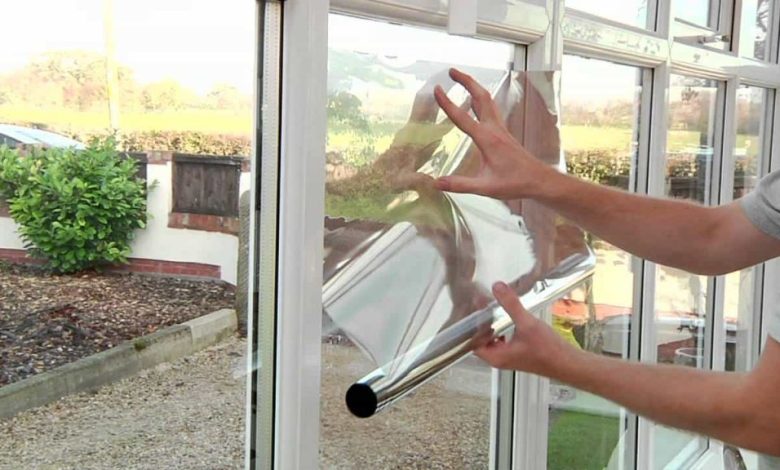The Different Types of Window Tint Films

Window tint film has some fairly simple benefits for a driver, not the least of which is heat dissipation. But there are many types of tinted window film on the market. They are made of different materials and with different functions. All tinted window film starts with… well, the film, which is a 2-7 mil thick polyester material (that’s about 0.002-0.007 inches).
Two or more layers of film are bonded together to form a multi-layer barrier. Window Tint film manufacturers can also use chemical UV blockers (such as cyclic imino ester). If the film is for this purpose only, no additional materials need to be used in the film.
Tinted Films
The materials are sandwiched between the mounting adhesive and the scratch-resistant hard coat. The most basic tint film contains a single layer of tinted film. Which serves both to absorb heat and reduce the 犀利士
visibility of onlookers. Normally there will be some impact on the cab visibility from the vehicle, but this will be minor.
By using tinted films on the inside of the car window tint film, some of the heat rejected by the film is stored in the glass. And the movement of the outside air serves to dissipate most of this heat accumulated while driving. The tinted film should never be used on the inside of the thermal glass as it traps a significant amount of heat between the panes where there is no air movement.
Deposited Films
Deposition technology involves a more complex process in which the film is drawn through a tank containing certain types of metal blocks, usually nickel-chromium or aluminum. The pressure in the tank is then reduced, creating an artificial vacuum, which is then flooded with argon gas and heating the ingots, causing the metal to release particles that migrate to the surface of the film. The density of the metal deposit is controlled by the rate at which the film passes through the chamber. Deposition technology is relatively cheap and widely used; however, it is limited by the types of metals that can be used in the manufacturing process, resulting in a fairly restrictive product line with few options.
Spray Films
This process is slightly more complicated than that of proprietary films. As with deposited film, sputtering is also done in a vacuum chamber, but the metallization function is achieved at the atomic level. Using electromagnetic fields, argon gas is directed to the metal. This process causes very small groups of molecules to separate from the metal and deposit evenly on the film.
Although deposited films must use a very limited number of metals due to the nature of that process, sputtering can be done with over 20 different types of metals, making the process much more versatile and resulting in a much lighter and thinner coating. These metalized films are slightly more expensive to produce than tinted films, putting this category at the higher end of the tinted film price range.
Hybrid Films
Hybrid films get the best of both worlds from the above film types. Using a tinted film layer and a reflective metalized layer to achieve superior results. By combining the reflective properties of metals with the absorption properties of the tinted film. Generally resulting in a slightly lighter shade with heat rejection equal to or greater than any type of film. The type of film breaks the misconception that dark films offer greater heat rejection. The darker-toned films are chosen for little more than aesthetic value and extra privacy at a lower price.
Ceramic Films
Ceramic tint films are a relatively new development in the industry and are definitely top-notch. Without using the dyes or metals found in other films, ceramic tint films are built with nanotechnology. While they exceed the heat-repelling properties of even the best metal film. They have none of the signal interference normally associated with it. In addition, this highly durable film serves to reinforce the glass to which it is applied. Virtually eliminating the possibility of the glass breaking in a collision or other accident. Ceramic films are also highly resistant to fading, cracking, discoloration, and bubbling. Other disadvantages are associated with other types of films.
References:
1-What is Thermal Glass?
Published on January 21, 2020
2-How Sun Control Window Tinting Can Improve Your Building’s Energy Efficiency
https://bit.ly/3v4jGsg


